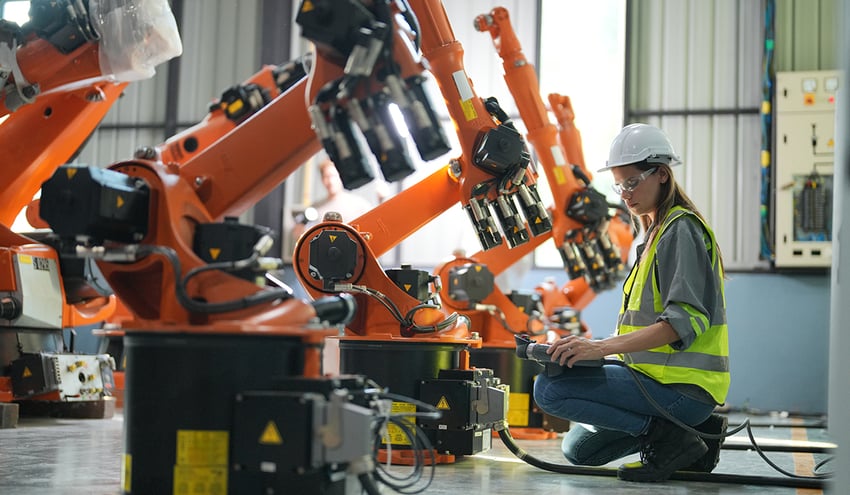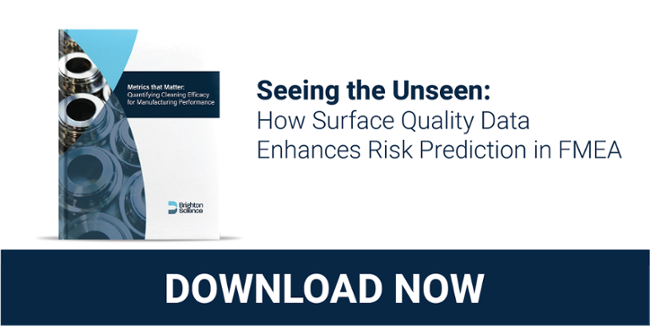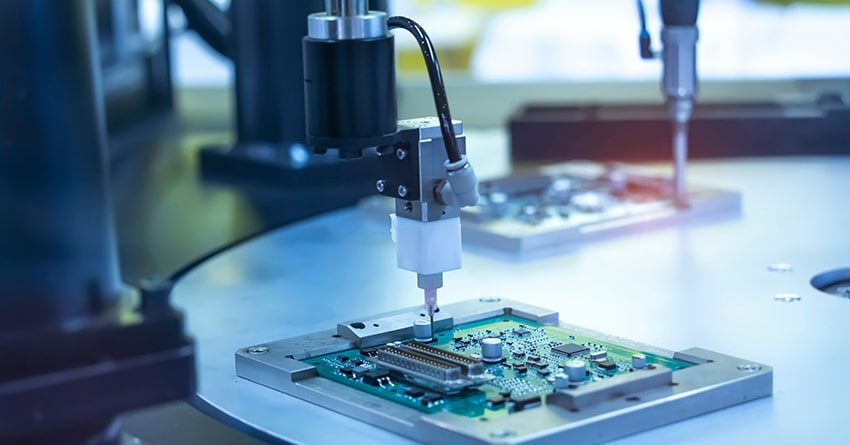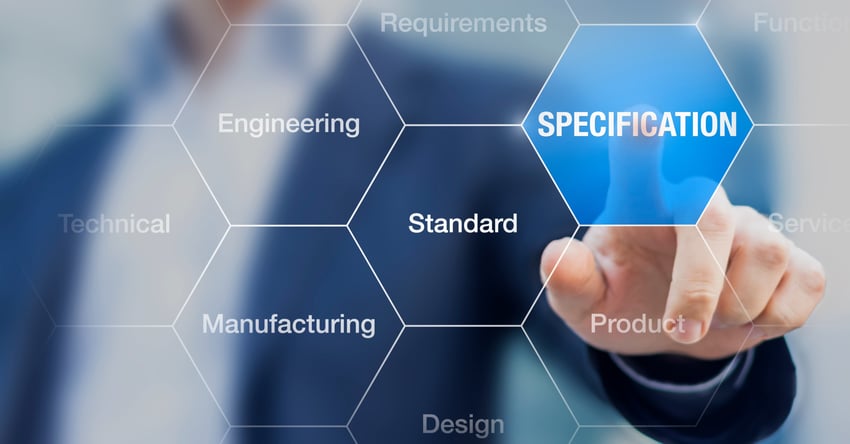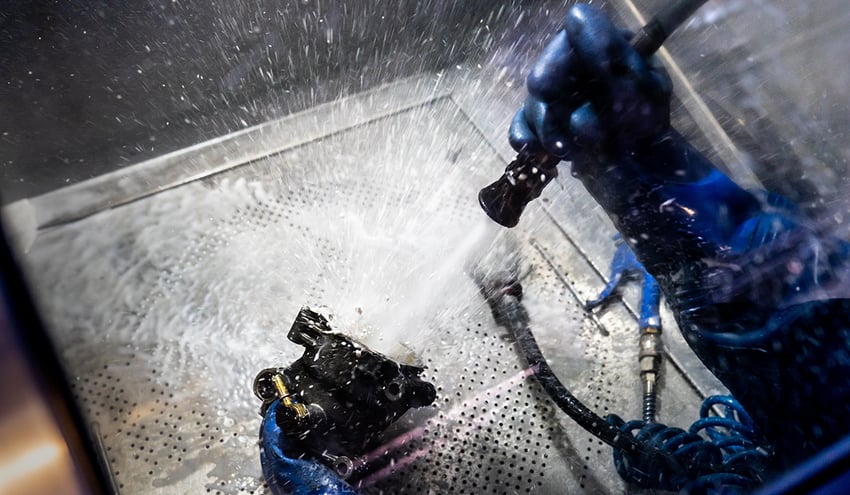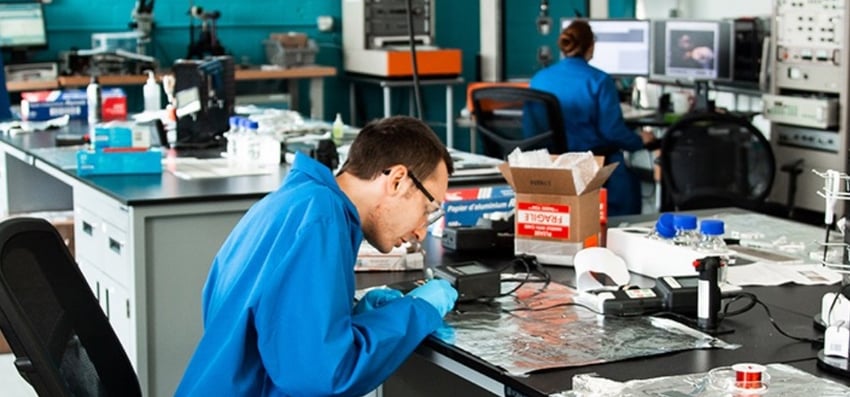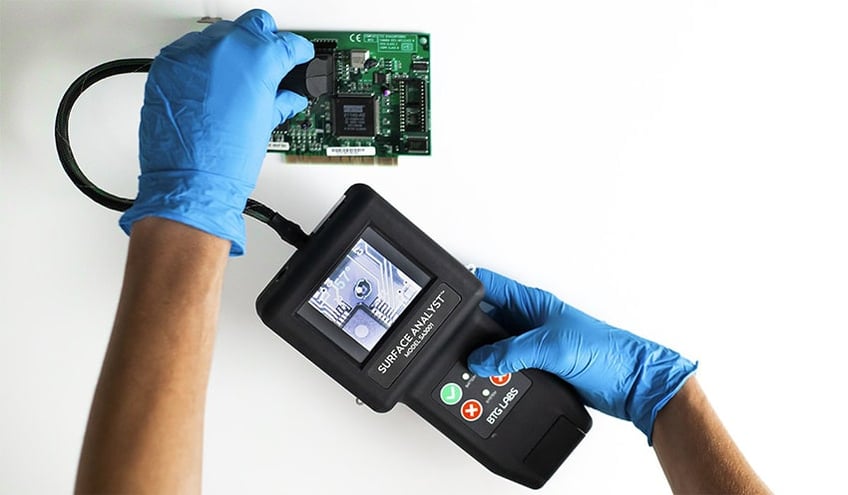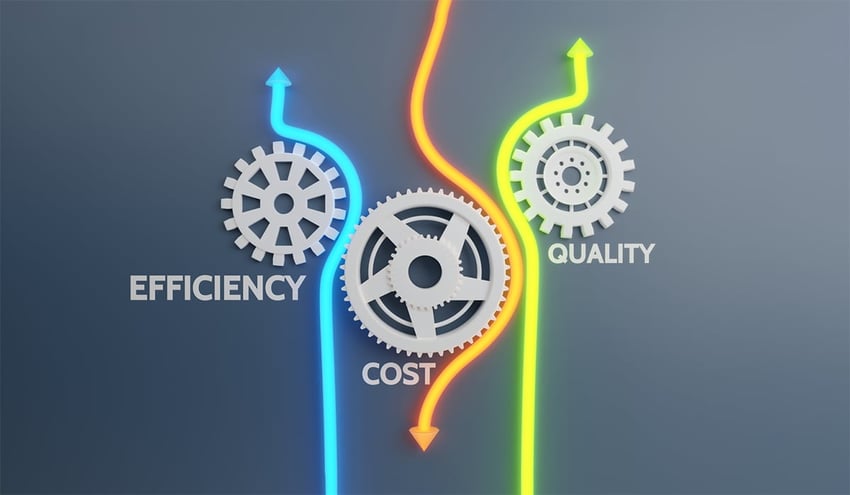In manufacturing, surfaces hold immense significance, and their value can be traced back to the inception of the Federal Aviation Administration (FAA) during the 20th century. The establishment of the FAA emerged as a response to mounting concerns surrounding quality control and the occurrence of catastrophic failures.
Every manufacturing industry, from automotive to aerospace, relies on accuracy and reliability to maintain its competitive edge. Surface quality validation ensures that the manufactured products meet the established industry standards. In aerospace composites, bonding is a crucial process where regulation has led to a high level of "surface intelligence."
However, most manufactured products do not require government regulation except for engineering standards set by organizations like UL or CE. The lack of awareness about the role of surfaces in other industries leads to significant loss and risk for consumers.
This article discusses what "surface intelligence" means and explores how other industries can benefit from untapped opportunities from what has been learned by regulated industries without having to be subjected to such intense regulated oversight.
The Manufacturing Challenge and the Impact of Regulations
Remember, “Trust, but verify”? Though coined in a different context, it applies to industries where customers and end users need high confidence in the safety and integrity of the products. Aerospace is an obvious example, and so too are medical devices, pharmaceutical manufacturing, and food and beverage production.
Verification is achieved through oversight from regulatory bodies, such as the FAA and the FDA. These organizations don’t just impose product standards; they oversee manufacturing processes to ensure safety. They require these processes to be validated, which creates additional work for organizations and slows product development. However, in being pushed to measure and control every aspect, manufacturers gain a deeper understanding of their surface preparation and bonding processes. This helps them avoid the costs and consequences that result from insufficient knowledge.
Surface Quality Control is Critical and Also an Opportunity
Industries with a quality program use Failure Mode and Effects Analysis (FMEA) to determine what could go wrong at every stage of manufacturing. Then, having identified risks and impacts, they can implement preventive measures.
In the aerospace industry, bonding, especially in composites, is a crucial area of concern. Within the aerospace industry, it is widely recognized that proper surface preparation is essential for achieving strong and reliable bonds. To ensure this, various measures have been taken to control these risks.
One of these is to measure water contact angle--an excellent indicator of surface energy, which in turn predicts the bond strength. Specifying the optimal value and writing it into the manufacturing procedures is vital to achieving a defect-free end product. With the widespread adoption of advanced materials and processes in modern manufacturing, the importance of surface preparation for bonding has also extended to various other industries.
The rigorous regulation imposed on these industries creates costs and delays but also yields benefits. The primary benefit is customer/end-user protection, which impacts costs and, arguably, product development lead times.
This stems from the benefit of earlier detection of problems. Solutions are extremely expensive when a problem is found during testing or just before launch. Newly purchased machinery and tooling may need modification, and additional process steps may be required. By performing an FMEA, potential problems are identified much earlier, and preventive actions can implemented when their impact is much smaller.
Under-Leveraged Opportunities to Learn from Regulated Industries
Products made by regulated manufacturers tend to be extremely safe. Much of this stems from a deep understanding of the role of surface preparation, coupled with specifications and rigorous means of measurement.
In contrast, products from manufacturers subject to less scrutiny sometimes fail. Oil leaks, detaching trim, and foggy headlamps are some examples where the impact is minor but annoying. Elsewhere, bond failures can be more serious, such as when they lead to vehicle battery fires.
One conclusion stands out when comparing regulated versus unregulated manufacturers: those compelled to consider surface quality during manufacturing build products with lower defect rates. In other words, implementing standards for quantifying surface readiness for bonding improves quality.
What if you could gain the advantages and insights that regulated industries have discovered about surface intelligence without having to endure the demanding and time-consuming process of regulation? Let’s dig a little deeper.
Surface Quality Measurement Unlocks Many Benefits
Increased bond strength, durability, and improved surface cleanliness are significant benefits, but the impact of quantifying surface readiness ripples through manufacturing.
In many cases, erring on the side of caution, manufacturers do more preparation than is needed. Developing a specification and measuring during production can let them scale back on the amount of work done. It may also allow them to push surface preparation work back onto their suppliers.
Optimizing surface preparation can also enable shorter cycle times and higher productivity. Coupled with increased quality, these benefits can lower costs significantly. As noted previously, taking surface preparation and readiness measurement into account during product development helps avoid last-minute problems before launch. The benefits of fewer delays and reduced time-to-market can make a big difference in product success and profitability!
Rethink your adhesion manufacturing processes with Surface Intelligence.
Make Surfaces a Competitive Advantage
At Brighton Science, we refer to a deep understanding of surface readiness as "surface intelligence." Surface Intelligence encapsulates knowledge of the role water contact angle plays in indicating surface energy and how this plays into bond quality and cleanliness.
Manufacturers with a high "surface intelligence quotient" perform FMEAs during product development, write surface readiness standards into their procedures, and reap the benefits accordingly.
We've spent many years helping manufacturers understand and resolve problems bonding adhesives, paints, and other coatings. We can all agree that it would be better if they didn't have the issues in the first place. This is achieved by identifying when surface quality should be measured, defining standards, and implementing measurement techniques. Using FMEA during product and process development formalizes this activity, but FMEA itself isn't a prerequisite: simply apply some surface intelligence to setting and measuring surface quality.
To learn how to leverage surface intelligence into your FMEA process and reap the benefits, download the eBook "Seeing the Unseen: How Surface Quality Data Enhances Risk Prediction in FMEA."

